The delicate dance between historical accuracy and artistic license has long been a subject of heated debate among scholars, creators, and audiences alike. In an era where historical dramas dominate streaming platforms and museums experiment with immersive storytelling techniques, the line between fact and fiction becomes increasingly blurred. This tension between authenticity and creativity raises fundamental questions about how we engage with the past and who gets to shape our collective memory.
Historical purists argue that any deviation from verifiable facts constitutes a betrayal of truth, potentially misleading generations about crucial events and figures. They point to examples like the romanticized portrayals of medieval warfare in popular films, where the messy reality of blood-soaked battlefields gives way to choreographed duels between clean-shaven heroes. Such distortions, critics contend, create dangerous myths that replace nuanced understanding with simplistic narratives.
Yet artists and storytellers counter that strict adherence to historical record often makes for poor drama or uninspired exhibitions. The surviving accounts from any period represent fragments at best, frequently colored by the biases of those who recorded them. Creative reconstruction becomes not just permissible but necessary to bridge gaps in our knowledge and make the past resonate with contemporary audiences. A Renaissance painter adding biblical figures to classical ruins or a novelist imagining private conversations between historical figures both participate in this tradition of interpretive engagement.
The most successful works in this contested space manage to honor the spirit of historical truth while embracing the transformative power of artistic vision. Consider the difference between a academic paper on Tudor England and a meticulously researched historical novel set in the same period. While the former must adhere to strict evidentiary standards, the latter can breathe life into the past through imagined dialogue and reconstructed emotions - provided these inventions remain faithful to what we know about the era's social norms and psychological realities.
Museums face particularly complex challenges in balancing these priorities. Traditional exhibits arranged artifacts with minimal interpretation, trusting objects to speak for themselves. Contemporary institutions increasingly recognize that every display involves countless creative decisions - from lighting choices to label wording - that shape visitor understanding as powerfully as any Hollywood script. The recent trend toward "immersive experiences" that use technology to recreate historical environments has sparked particularly intense debate about where education ends and entertainment begins.
Archaeological discoveries frequently complicate these discussions by overturning established narratives. A fresco unearthed in Pompeii might force us to reconsider Roman domestic life, just as new analysis of medieval shipwrecks could rewrite trade route histories. Artists working with historical material must decide whether to incorporate such emerging knowledge at the risk of dating their work, or proceed with older interpretations that may soon be disproven. This tension between fixed creative works and evolving scholarship presents unique challenges unlike those faced by artists dealing with purely fictional subjects.
The ethical dimension becomes particularly acute when dealing with traumatic histories or marginalized communities. Whose perspective gets centered in a film about colonialism? How should a museum handle disputed artifacts acquired during imperial expansions? These questions have moved from academic seminars to mainstream discourse, with audiences increasingly holding creators accountable for their interpretive choices. The controversy surrounding certain war memorials and historical monuments demonstrates how artistic representations of history can become lightning rods for contemporary political struggles.
Perhaps the solution lies not in choosing between historical fidelity and creative expression, but in cultivating audience awareness about the constructed nature of all historical engagement. Educational initiatives that help people understand how historians work with fragmentary evidence, or how filmmakers make deliberate choices about costuming and set design, might create more discerning consumers of historical narratives. Some institutions now include "making of" sections alongside exhibitions, revealing the research and decisions behind their presentations.
New technologies are reshaping this ancient debate in fascinating ways. Virtual reality reconstructions of ancient cities can toggle between "verified" and "speculative" elements, while AI-assisted analysis helps identify biases in historical documents. These tools don't eliminate the creative-historical tension so much as provide new frameworks for navigating it. The challenge moving forward will be harnessing such innovations without losing the humanistic core that makes engagement with history meaningful - the connection across time that helps us understand ourselves and our world more deeply.
Ultimately, the interplay between historical accuracy and artistic imagination reflects broader questions about how societies remember and make meaning. Rather than seeing these approaches as oppositional, we might view them as complementary forces that, in their best manifestations, check and balance each other. The historian's rigor prevents the artist's vision from drifting into pure fantasy, while the artist's creativity helps the historian's work resonate beyond academic circles. In this dynamic space between what was and what might have been, between verifiable fact and emotional truth, some of our most powerful engagements with the past emerge.
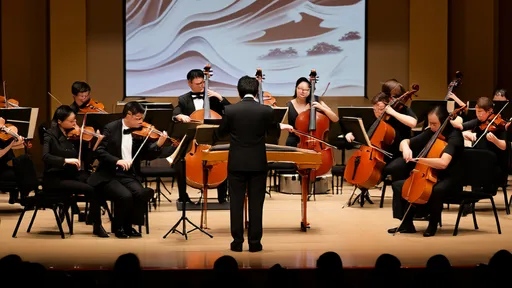
By /Jul 17, 2025

By /Jul 17, 2025
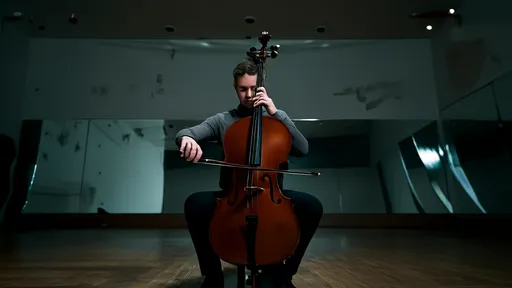
By /Jul 17, 2025

By /Jul 17, 2025

By /Jul 17, 2025
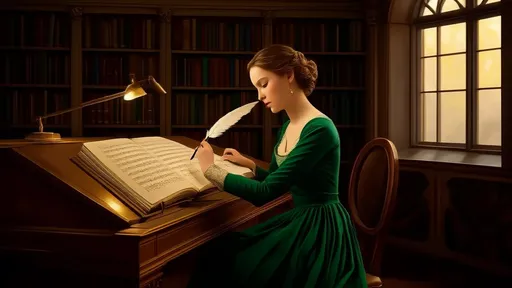
By /Jul 17, 2025

By /Jul 17, 2025
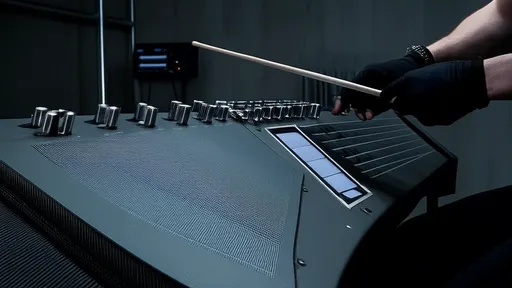
By /Jul 17, 2025

By /Jul 17, 2025

By /Jul 17, 2025

By /Jul 17, 2025
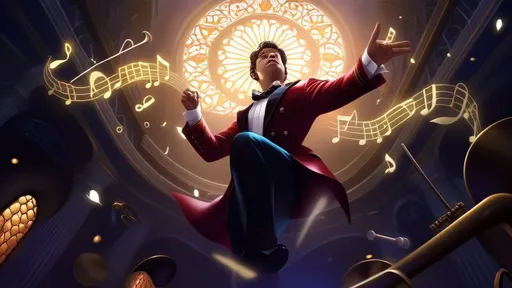
By /Jul 17, 2025
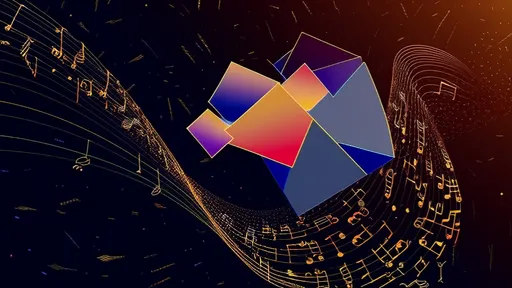
By /Jul 17, 2025
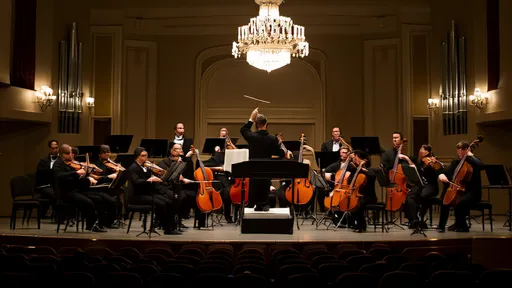
By /Jul 17, 2025
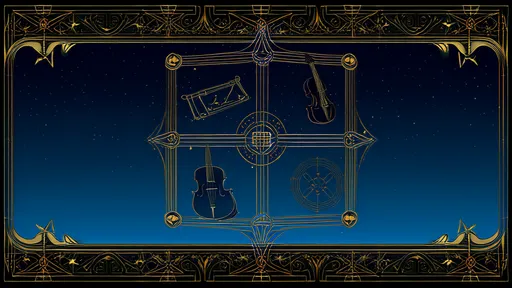
By /Jul 17, 2025
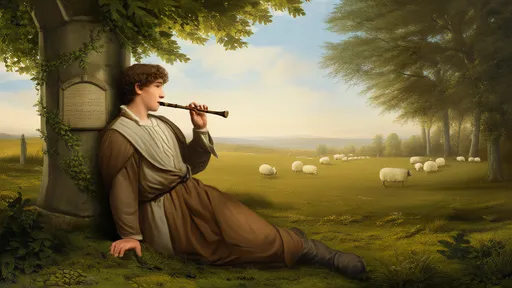
By /Jul 17, 2025

By /Jul 17, 2025
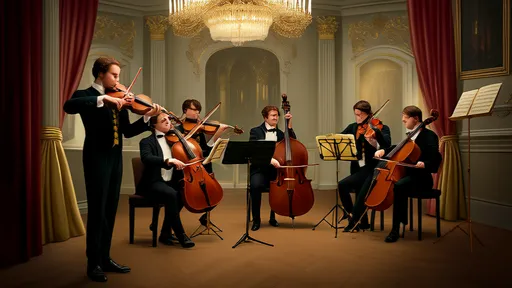
By /Jul 17, 2025